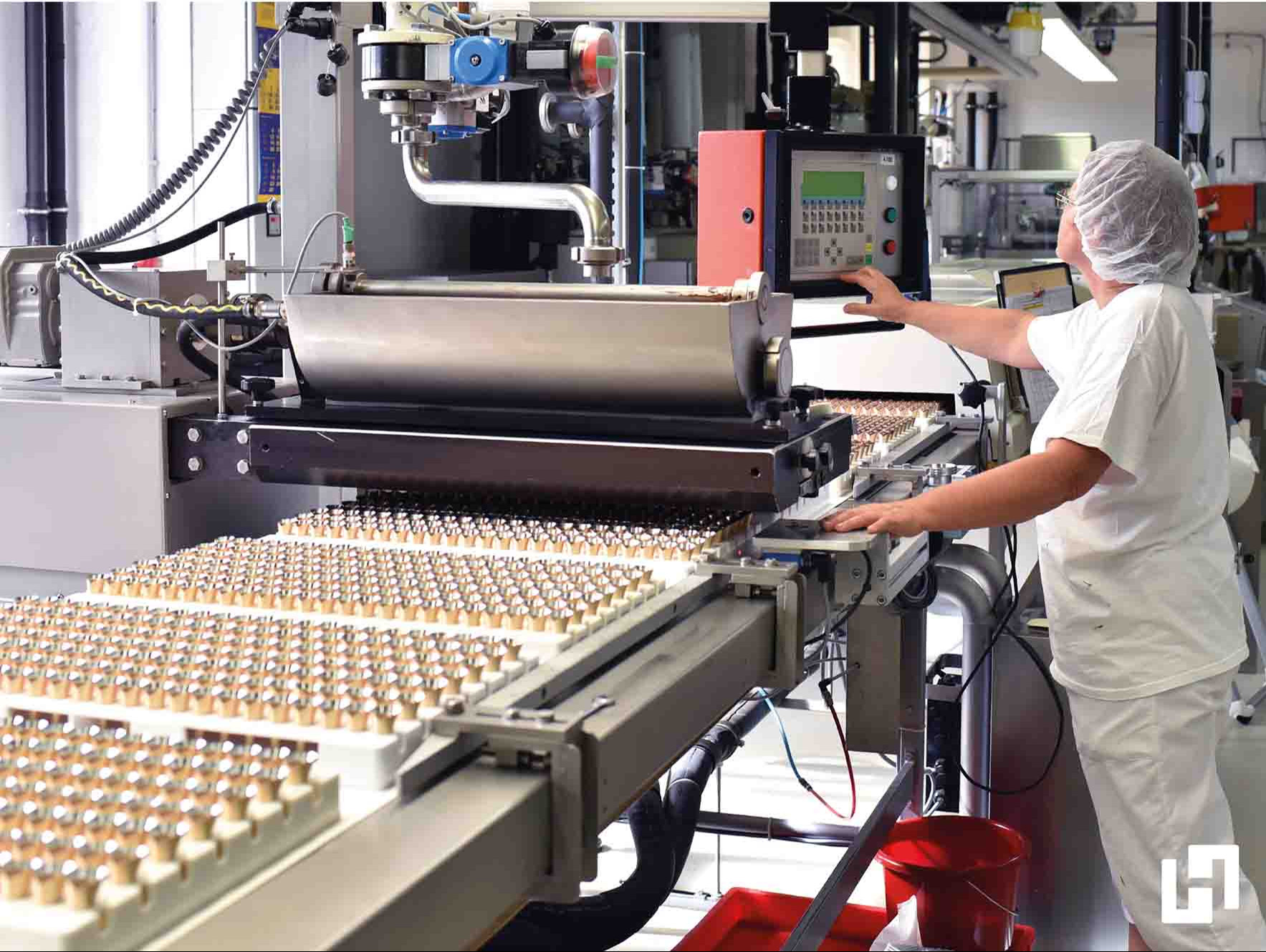
Recruiting new and retaining existing production workers is becoming increasingly difficult. In some cases, retaining them is even impossible. Workers retire, fall ill for extended periods, or move away. If they do leave on their own accord and resign, the reason often is that they find the work too boring or too strenuous.
In many areas of the production process, manual tasks can be replaced by one or more robots. This shifts the role of the production worker, who now becomes responsible for controlling the robot.
The advantages of deploying a robot are numerous. A robot doesn't take vacations, never gets sick, doesn't request leave, and can work 24/7. Its range is broader, and the robotic arm can lift heavier weights than a human. It operates more accurately, faster, and, if equipped with vision, can detect the minutest deviations. The output is always consistent, there are no human errors, and its precise operation results in less waste.
Are there downsides? The most significant drawback is the cost. A robot requires a one-time, often substantial, investment and regular maintenance. If a Vision camera is required for operation, the expenses can escalate. Yet, the investment is justifiable, and the robot pays for itself over time. It also saves on recruitment costs for new personnel, there's no need to find replacements during illness or vacation, and production can continue for extended periods.
Another downside is the preparation time required to ensure everything operates smoothly. For simple tasks, this might not take long, but for more complex actions, it often does, as the robot needs to 'learn' what to do. But once the robot is trained and functional, no company would want to be without it.
Source: Hellebrekers